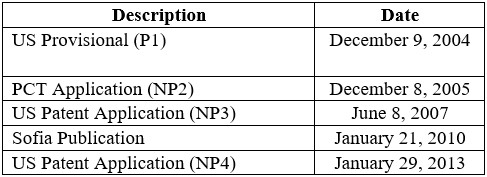The US Court of Appeals for the Fourth Circuit affirmed a summary judgment grant in favor of the opposers of a certification mark application for the trademark GRUYERE to designate cheese that originates in the Gruyère region of Switzerland and France. The Court found that the term “gruyere” is generic because consumers of cheese understand the term to refer to a category of cheese that can come “from anywhere.” Interprofession du Gruyere; Syndicat Interprofessionnel du Gruyere. v. U.S. Dairy Export Council; Atalanta Corporation; Intercibus, Inc., Case No. 22-1041 (4th Cir. March 3, 2023) (Gregory, Thacker, Rushing, JJ.)
In the United States, a certification mark is a type of trademark used to show consumers that particular goods or services, or their providers, have met certain standards. Unlike a typical trademark, a certification mark is not used by the owner of the mark (the certifier) but instead controls how others use the mark.
In an approach similar to the preceding certifiers of ROQUEFORT® and REGGIANO®, the Swiss Consortium Interprofession du Gruyère (IDG) and French consortium Syndicat Interprofessionnel du Gruyère believed that the term “gruyere” should only be used to label cheese produced in the Gruyère region of Switzerland and France. In 2010, IDG applied to the US Patent & Trademark Office (PTO) to register LE GRUYERE as a certification mark but was refused registration on grounds that “gruyere is a generic designation for cheese.” In 2013, the PTO granted IDG a certification mark registration for LE GRUYERE in a specific design form, paired with the word “Switzerland,” the letters “AOC” and a stylized Swiss cross. IDG undertook efforts to enforce the mark and sent letters to several US cheese retailers and manufacturers demanding that they cease labeling their non-Swiss cheeses as gruyere.
In 2015, IDG again attempted to register the term GRUYERE on its own as a certification mark. The U.S. Dairy Export Council, Atalanta Corporation and Intercibus melted together to throw a wedge in the process, opposing the application for the mark on grounds that “gruyere” was generic for cheese and, therefore, ineligible for protection as a certification mark. The Trademark Trial & Appeal Board (Board) found that the term “gruyere” was generic because cheese consumers understand it to be a designation for “a category within the genus of cheese that can come from anywhere.” IDG filed a complaint in the US District Court for the Eastern District of Virginia challenging the Board’s decision. Ultimately, the district court granted the opposers’ motion, finding that the factual record demonstrated that “gruyere” refers to a generic type of cheese without reference to the geographic region where the cheese is produced. IDG appealed.
The Fourth Circuit began by explaining that certification marks, like typical trademarks, include a bar on the registration of terms that are generic for the applied-for product or service category. The Court framed the genericness inquiry as whether “members of the relevant public primarily use or understand the term sought to be protected to refer to the genus of goods . [...]
Continue Reading
read more

 Subscribe
Subscribe



